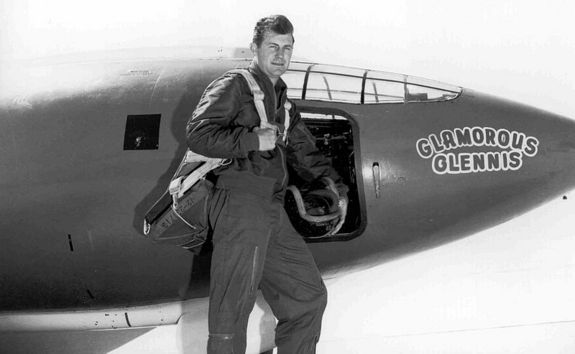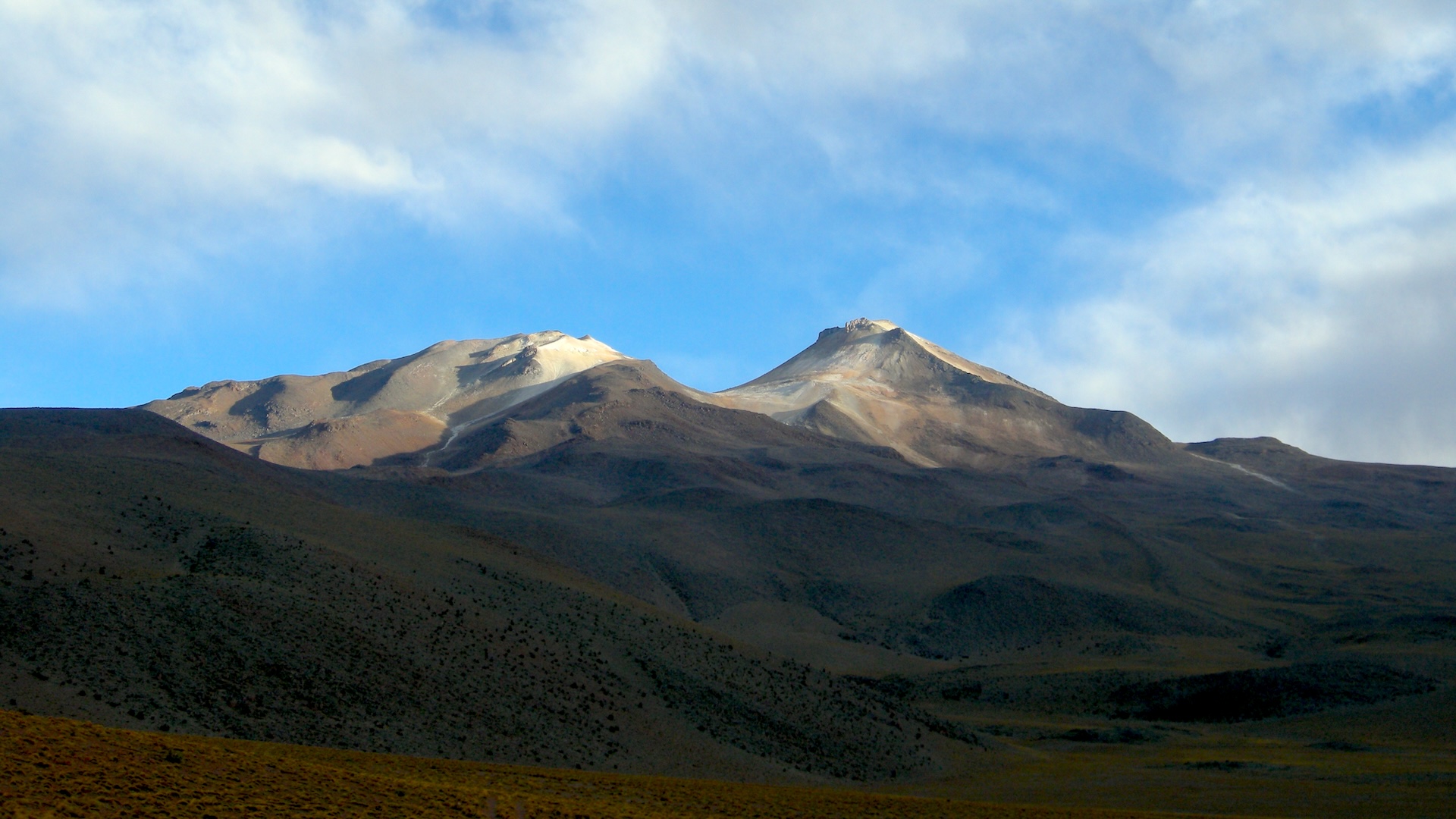What Is the Speed of Sound?

The speed of sound varies depending on the temperature of the air through which the sound moves.
On Earth, the speed of sound at sea level — assuming an air temperature of 59 degrees Fahrenheit (15 degrees Celsius) — is 761.2 mph (1,225 km/h).
Because gas molecules move more slowly at colder temperatures, that slows the speed of sound; sound moves faster through warmer air. Therefore, the speed required to break the sound barrier decreases higher in the atmosphere, where temperatures are colder.
Scientists are interested in the speed of sound, according to NASA, because it indicates the speed of transmitting a "small disturbance" (another way of describing a sound wave) through a gas medium.
The transmission of the disturbance takes place as molecules in the gas hit each other. The speed of sound also varies depending on the type of gas (air, pure oxygen, carbon dioxide, etc.) through which the sound moves.
The first controlled flight to break the speed of sound — also known as Mach 1 — took place Oct. 14, 1947, when test pilot Chuck Yeager breached the barrier using Glamorous Glennis, an X-1 aircraft.
NASA's X-43A aircraft flew more than nine times as fast on Nov. 16, 2004, flying Mach 9.6 or almost 7,000 mph. That stands as the fastest speed achieved to date by a jet-powered aircraft.
Sign up for the Live Science daily newsletter now
Get the world’s most fascinating discoveries delivered straight to your inbox.
Follow LiveScience on Twitter @livescience. We're also on Facebook & Google+.

Elizabeth Howell was staff reporter at Space.com between 2022 and 2024 and a regular contributor to Live Science and Space.com between 2012 and 2022. Elizabeth's reporting includes multiple exclusives with the White House, speaking several times with the International Space Station, witnessing five human spaceflight launches on two continents, flying parabolic, working inside a spacesuit, and participating in a simulated Mars mission. Her latest book, "Why Am I Taller?" (ECW Press, 2022) is co-written with astronaut Dave Williams.









